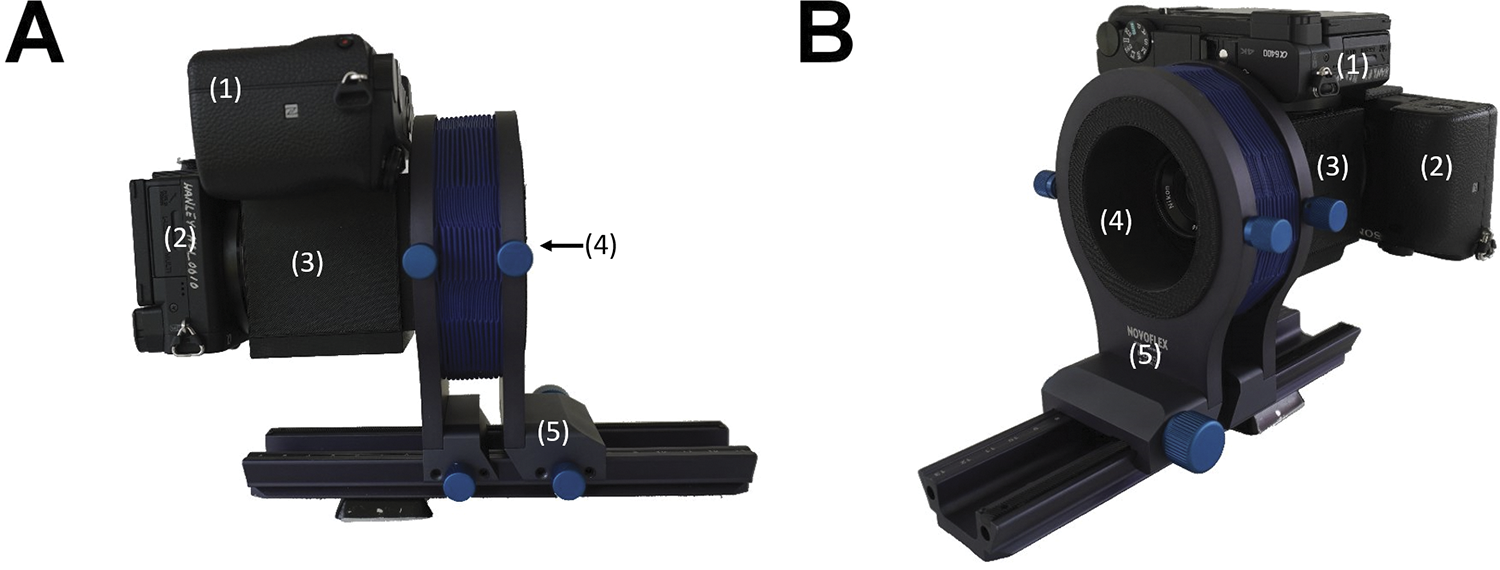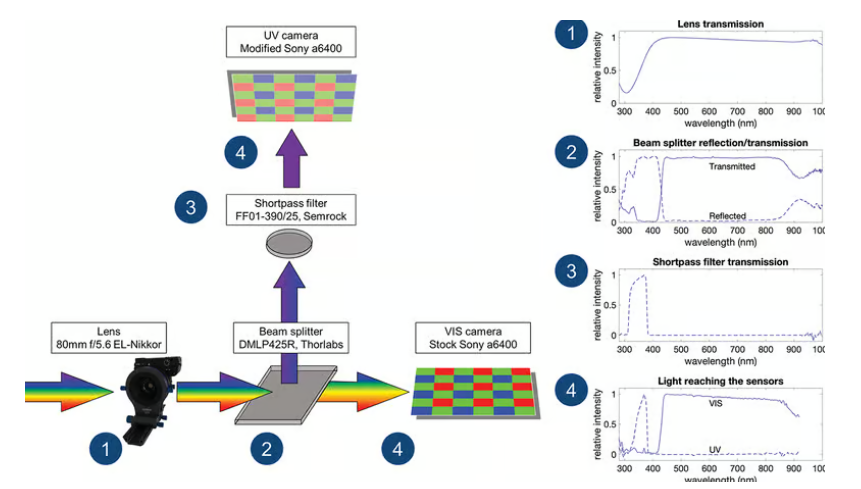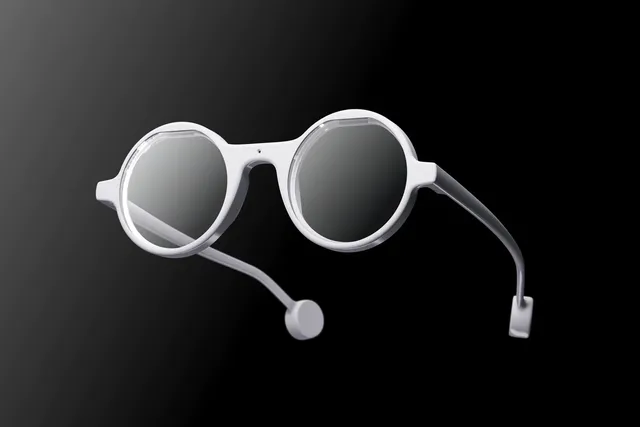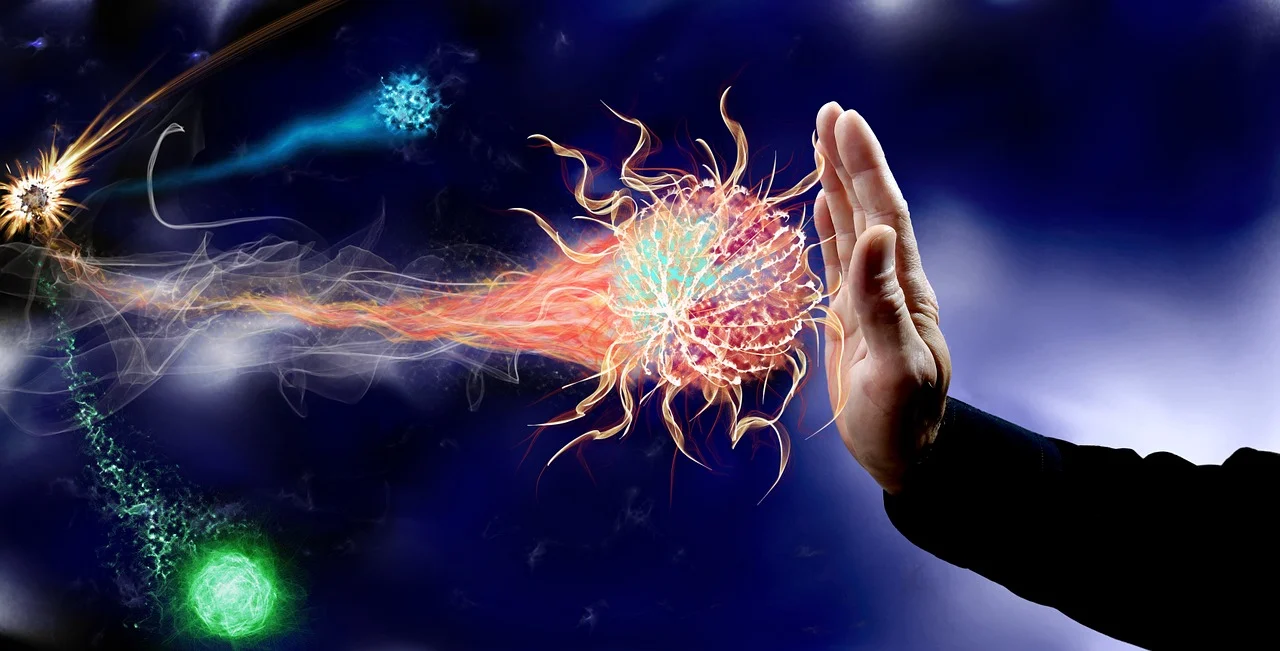Animals with infrared and ultraviolet sight experience a completely different world from what humans see. However, scientists at the University of Sussex and the Hanley Color Lab at George Mason University successfully developed hardware and software tools to offer everyone from nature documentary makers to ecologists a look at the world from these animals’ point of view.
The technology is intriguing, revealing insights into animal behavior.
In fact, animals such as mosquitoes and bats can perceive infrared (IR) light, while butterflies and some birds can see ultraviolet (UV) light. As both are beyond the spectrum of color that humans can see, this makes it difficult for humans to fully understand animals’ behavior such as their ability to communicate and find food, shelter, or a mate.

The scientists adopted the use of multispectral photography to create a device capturing light in numerous wavelengths, including IR and UV. The camera records sights in blue, green, red, and UV color channels and delivers footage as if it’s through the eyes of a particular animal, based on what studies know of their eye receptors.
The technology uses a portable 3D-printed device with a beam splitter used to separate UV from visible light, with each captured by a dedicated camera.
The UV-sensitive camera doesn’t record perceivable data until paired with the other to together record high-quality video. Then, they used algorithms to align the footage and present the visuals from the perspective of different animals’ sight. As a result, it provided a mean accuracy of 92% and even 99% in some tests.
In addition, the researchers not only designed the hardware to suit commercially available cameras but also made the software open-source to allow others to adapt it for their own specific wildlife-filming needs.

There are still limitations in capturing speedy creatures as the device can’t capture polarized light and has a limited frame rate. However, the technology has offered unique insights into animal behavior, helping us moderate our impact on the natural world.
The team filmed a caterpillar’s anti-predator display in Apis vision, a Phoebis philea butterfly in avian receptor noise-limited (RNL) false colors, and an iridescent peacock feather through the eyes of four different animals – the peafowl, humans, honey bees, and dogs.







